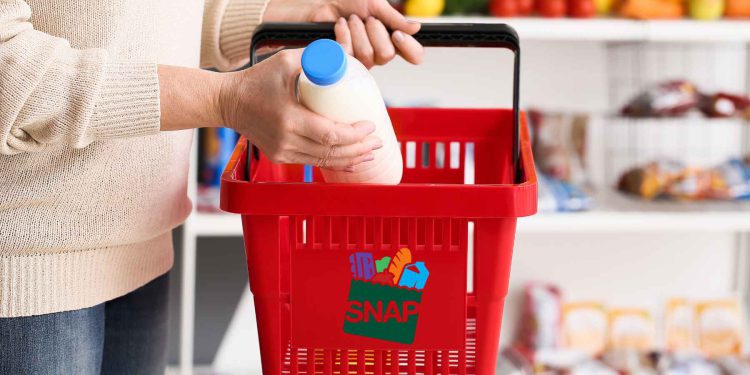First of all, it is important to make sure that we all know for sure what this payment consists of. SNAP is the Supplemental Nutrition Assistance Program and was created with the goal of giving all citizens the opportunity to be able to purchase nutritious food. It is part of the U.S. Department of Agriculture, although the program is administered by individual states and territories. Most states are committed to applying basic eligibility rules, although it is true that some have different income requirements for eligibility.
As the USDA’s Food and Nutrition Service (FNS) assures, the amount of benefits that can be obtained from this assistance is based, above all, on the USDA’s Thrifty Food Plan. This, without going any further, consists of an estimate of the amount it costs to purchase food so that a nutritious meal can be prepared at home, but at a low price. In general terms, this is an aspect that is constantly changing and can vary every year, specifically on October 1, in order to keep up with inflation at any given time.

SNAP eligibility requirements
According to USDA information, you may be able to get SNAP benefits if you meet certain conditions. These are, for example, working at low wages or working part-time or, alternatively, being unemployed. Another option is to receive public assistance payments. Elderly or disabled and low-income persons, as well as homeless persons, are also eligible.
In addition, there are certain essential requirements that all households must meet to be eligible for SNAP. These are primarily divided into gross and net income limits, resource limits and work requirements, although not all groups are subject to them.
Maximum income limits for SNAP eligibility
Putting us in the situation of a household with four family members living in it, the income limit set by the program to qualify for its benefits varies depending on the State you are in. In 48 of them and DC, the net monthly income cannot exceed $2,313 for the fiscal year 2023.
In the same terms, the State of Alaska establishes this maximum monthly amount at $2,891 net. Similarly, in the State of Hawaii, you cannot receive, on a monthly basis, a net income exceeding $2,660 if you want to qualify for SNAP benefits.

This is the amount you could receive
In the event that, having checked with all the requirements set by this program, your household turns out to be eligible for SNAP, it is useful for you to know that the amount you receive each month depends on the number of people living in your household.
Not only that, but the amount will also be determined by the amount of monthly income remaining after certain expenses are deducted.
In a somewhat more concrete way, we are going to know below what is the maximum benefit that the households that apply for it can receive, depending on the State to which they belong.
Households living within the 48 States mentioned above, or in DC, will receive a maximum of $973 per month. In the case of families living in Alaska, the amount ranges from $1,248 to $1,973. Guam, on the other hand, has set the limit for these benefits at $1,434. Meanwhile, in Hawaii families could reach $1,759 per month and in the U.S. Virgin Islands it would be $1,259.
In addition to this, the program also qualifies a shelter limit, defined as the amount of money that SNAP recipients can deduct that exceeds half of their net income when calculating benefits. These can be, for example, rent, repair costs or utilities. That figure also depends on the conditions set by each particular state:
- 48 states and DC: $672
- Alaska: $1,073
- Hawaii: $905
- Guam: $789
U.S. Virgin Islands: $529
With all this information, you can now be completely sure that you know everything you need to know to be sure that you are eligible to be a SNAP beneficiary, in reference to your household and family conditions.
